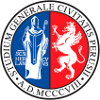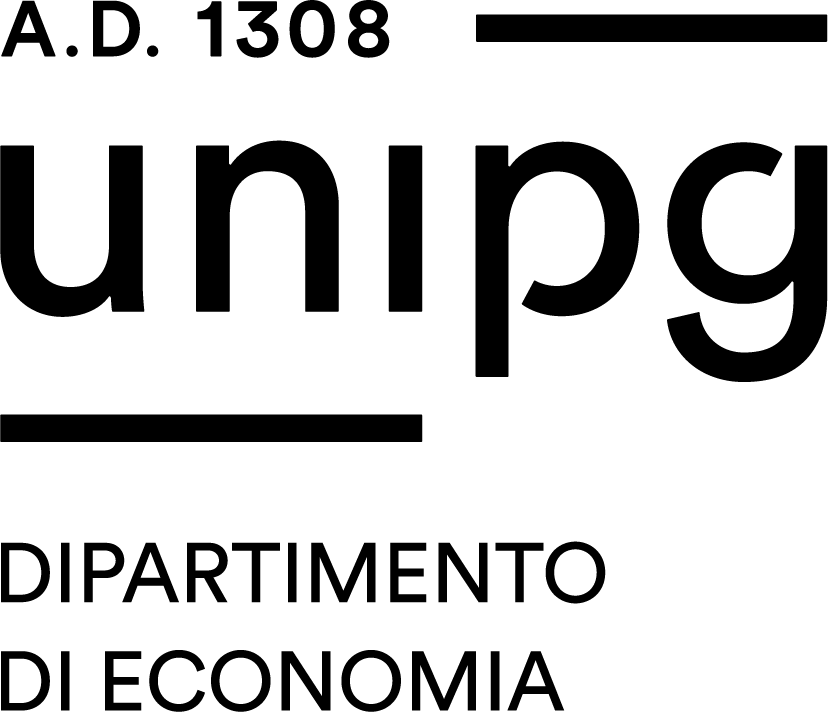Study-unit PREVENTION COMMUNICATION AND EMERGENCIES MANAGEMENT
| Course name | Safety engineering for the territory and the built environment |
|---|---|
| Study-unit Code | A001571 |
| Curriculum | Comune a tutti i curricula |
| Lecturer | Marco Mazzoni |
| Lecturers |
|
| Hours |
|
| CFU | 5 |
| Course Regulation | Coorte 2023 |
| Supplied | 2023/24 |
| Supplied other course regulation | |
| Learning activities | Caratterizzante |
| Area | Ambito giuridico-economico |
| Sector | SPS/08 |
| Type of study-unit | Opzionale (Optional) |
| Type of learning activities | Attività formativa monodisciplinare |
| Language of instruction | Italian |
| Contents | The first part of the course (20 hours) aims to deal with the main features of the Italian media system that can influence the representation of a dramatic event. The second part of the course (20 hours Mincigrucci) aims to illustrate the main mechanisms of selection and production of news from both traditional media (newspapers, television) and digital media (social media, online newspapers). It also illustrate the main communication management models in the emergency phase. |
| Reference texts | P. Mancini, Il Sistema Fragile, Carocci Roma (last edition). F. Ferrante, Comunicazione pubblica del rischio, Tabula Fati Chieti Papers provided by the teacher |
| Educational objectives | The first module (prof. Mazzoni) aims to show how the representation of the media of dramatic events can influence people's perception and affect the undertaken political actions. The second module ( Mincigrucci) provides general tools to manage the communication of an organization during an emergency phase. |
| Prerequisites | Reading of newspapers. |
| Teaching methods | Classroom lectures, seminars. |
| Other information | Corso diviso in due moduli (20 hours each). |
| Learning verification modality | Oral Examination. |
| Extended program | First Module 1. To manage the dramatic events by the old media. 2. The relationship between old media and crisis communication. 3. The features of Italian media system and how they can affect the coverage of dramatic events:: a) The instrumentalizatiand the political parallelism; b) Impure publisher; c) The owners of the media: oligopoly and concentration? II Module a) Digital media b) Agenda setting and Newsworthiness c) Public communication d) Risk concept and definitions e) Emergency communication in the contemporary context. |


